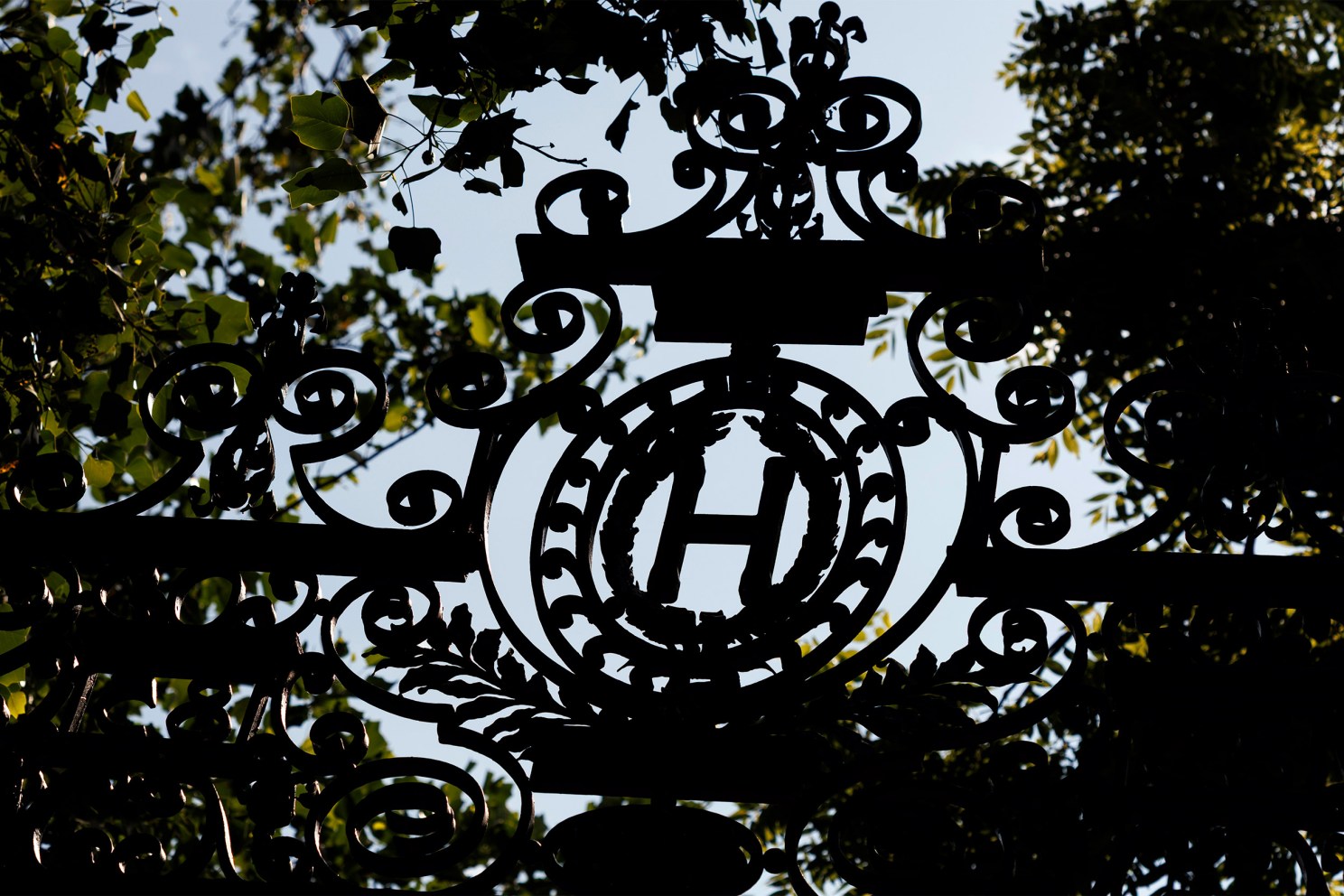Richard Goody, 102

At a meeting of the Faculty of Arts and Sciences on Oct. 7, 2025, the following tribute to the life and service of the late Richard Goody was spread upon the permanent records of the Faculty.
With a remarkable life spanning more than a century, 1921 to 2023, and a scientific career embracing seven decades, Richard Goody successfully bridged experimental observations with theory that fostered unprecedented advances in our understanding of the Earth’s troposphere-stratosphere coupling, of the structure and function of the atmospheres of Venus and Mars, and of the intricacies of the quantum mechanics of molecular spectra. His high-resolution spectral analysis of molecules and nonequilibrium thermodynamics brought remarkable insight to what proved to be the context for climate change. Moreover, Goody possessed an innate sense for leading the development of strategic approaches at Harvard, which advanced the University’s intellectual structure and led to the modern union represented first by the Center for Earth and Planetary Physics (CEPP), the predecessor of the current Department of Earth and Planetary Sciences and the area of Environmental Science and Engineering.
Remarkably, a number of Goody’s intellectual dimensions were present in his first experimental endeavor immediately following the Second World War. As a graduate student at the University of Cambridge, Goody designed and built an infrared spectrometer to obtain measurements of water vapor in the Earth’s stratosphere. The spectrometer operated from a wooden bomber, the Mosquito, capable of altitudes approaching 40,000 ft. and powered by two 3,000 hp engines. Despite the extreme levels of noise and vibration, the aerodynamic instability of the aircraft, and the need to acquire a solar image on the center of the spectrometer’s entrance slit, his successful infrared spectrum of the Sun yielded a determination of the water vapor concentration in the stratosphere. This profound accomplishment set a benchmark for the unprecedented observations and theoretical foundations for the quantitative interpretation of the interactions of photons with molecular structures, which defined his scientific career.
Goody moved from the U.K. to Harvard in 1958, when studies of the Earth and of Space systems were rapidly expanding as the U.S. and the Soviet Union increasingly engaged in the Cold War. The modern era of leadership in Earth and Planetary Physics was born when he founded the Harvard CEPP, providing unprecedented support for these studies and initiating strategic approaches that resulted in increasingly sophisticated observations and modeling of the planets and of the Earth’s atmospheric, oceanic, and biological systems. Goody brought Michael McElroy to Harvard to join the CEPP in 1970, advancing both planetary studies and aeronomy (the study of the Earth’s atmosphere and of its union with the solar system and interstellar processes). McElroy, it would turn out, profoundly broadened and deepened the intellectual research structure at Harvard, as well as the architecture of the educational design that has carried forward to the present. McElroy, Steven Wofsy, and Yuk Yung were central to the introduction of halogen species into studies of catalytic loss of stratospheric ozone, but the intellectual union of Goody, McElroy, Yung, and Wofsy extended across multiple domains of atmospheric radiation, the photochemical structures of planetary atmospheres, and perturbations to the Earth’s atmosphere by human effluents.
In parallel with Goody’s vision of embracing the rapidly expanding manifold of intellectual pursuits was a consistent focus on advancing the fundamental understanding of atmospheric radiation, by virtue of multiple publications and the release of two classic textbooks: (1) “Principles of Atmospheric Physics and Chemistry” and (2) “Atmospheric Radiation: Theoretical Basis,” co-authored with Yung, who became a Professor of Planetary Sciences at the California Institute of Technology. These textbooks are central to undergraduate and graduate curricula of universities internationally. When James Anderson was drawn to Harvard by Goody, McElroy, and Dudley Herschbach (in the [then] Department of Chemistry), the CEPP began to experiment with determining the concentrations of the major free radicals involved in stratospheric ozone loss, engaging a new class of in situ observations from stratospheric balloon and aircraft platforms.
The innovation and intellectual agility that the CEPP brought to Earth system studies broadened with time under the leadership of McElroy, leading to the initiation of the new Department of Earth and Planetary Sciences from the Department of Geology, as well as the Harvard University Center for the Environment and the multidisciplinary program Environmental Sciences and Public Policy. Thanks to the vision of scientists like Goody and McElroy, who recognized that a multitude of intellectual disciplines was required to address the field of Earth and planetary sciences, there are now over 30 faculty teaching and researching in this area at Harvard.
Remarkably, Goody’s “retirement” in 1991, at age 70, marked the beginning of a major new phase in his scientific career. After becoming Professor Emeritus at Harvard, he continued his work, which started in 1977, as the Distinguished Visiting Scientist at the Jet Propulsion Laboratory (JPL) in Pasadena, California — a highly productive partnership that lasted for over three decades. Goody maintained very active involvement with scientific developments at Harvard. He released his classic textbook “Principles of Atmospheric Physics and Chemistry” in 1995, which, with its emphasis on irreversibility, entropy, and the Carnot cycle, served to establish the critical role of thermodynamics to a new generation as the serious consequences of climate change were rapidly intensifying.
In yet another dimension during this “retirement” period, Goody led a collaboration with Anderson, Gerald North (Texas A&M University), and Kuo-Nan Liou (University of California, Los Angeles), envisioning a new climate observing system by engaging the absolute calibration of a high-resolution infrared spectrometer that could establish subtle (and not-so-subtle) changes in the radiation emitted from the Earth to Space with an accuracy of 50 mK from orbit. The strategy also engaged GPS radio occultation. This effort led to the creation of the Climate Absolute Radiance and Refractivity Observatory (CLARREO) mission.
Respectfully submitted,
Michael McElroy
Steven Wofsy
Yuk L. Yung (California Institute of Technology)
James Anderson, Chair
Latest Harvard
- Time for mandatory retirement ages for lawmakers, judges, presidents?Americans seem to mostly say yes; legal, medical scholars point to complexities of setting limits
- In dogs, as in humans, a harsh past might bare its teethEarly adversity leads to higher aggression and fearfulness in adult canines, study says
- Brief bursts of wisdomAphorism lover and historian James Geary reflects on how ancient literary art form fits into age of social media
- Flew home as Will Flintoft, returned as Rhodes ScholarApplied math concentrator to study computer science, theology with eye toward AI
- What will AI mean for humanity?Scholars from range of disciplines see red flags, possibilities ahead
- Tai Tsun Wu, 90Memorial Minute — Faculty of Arts and Sciences






